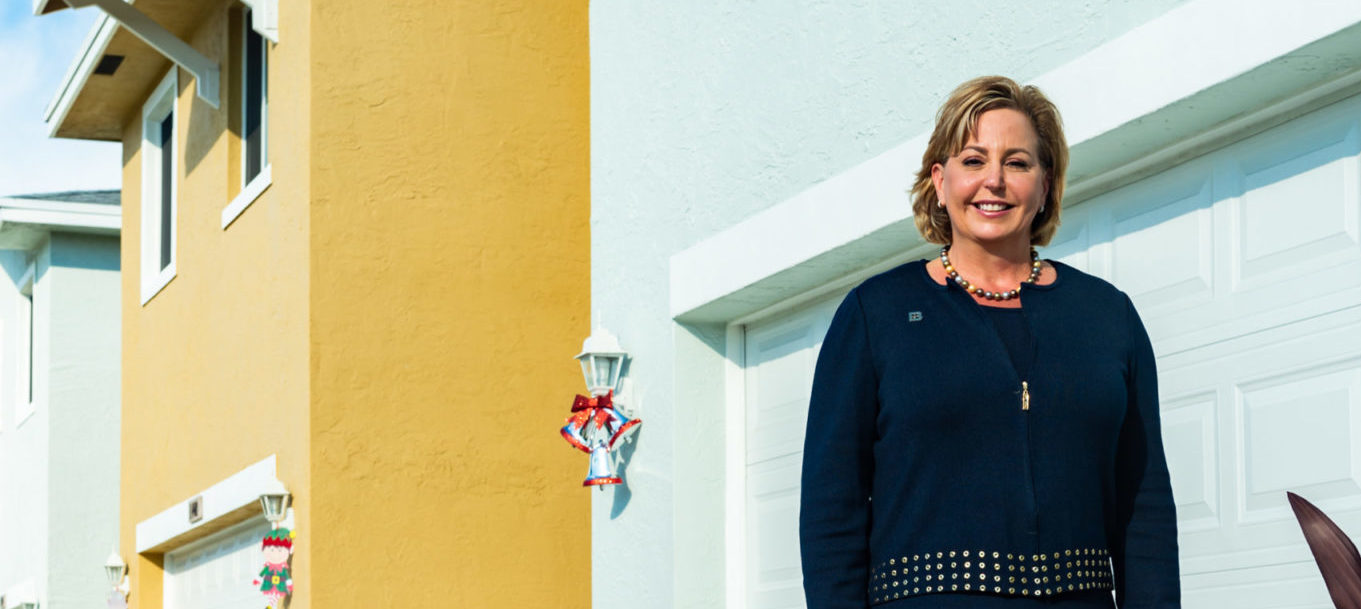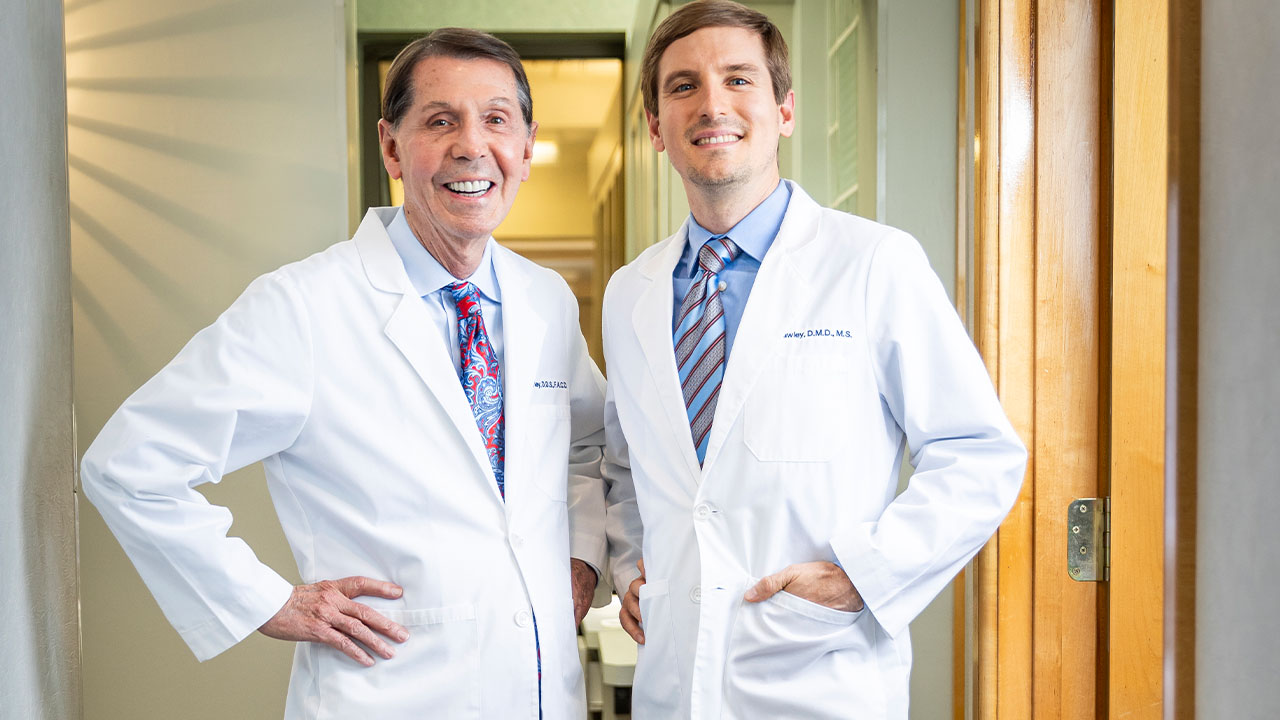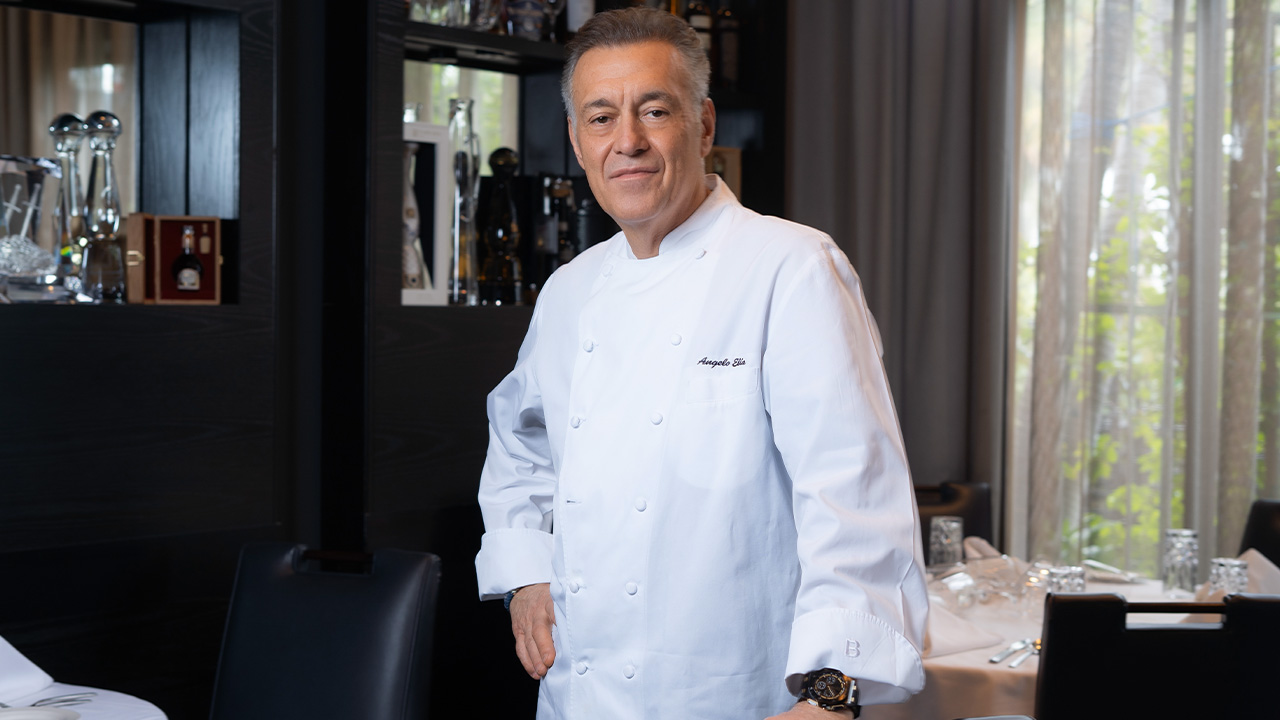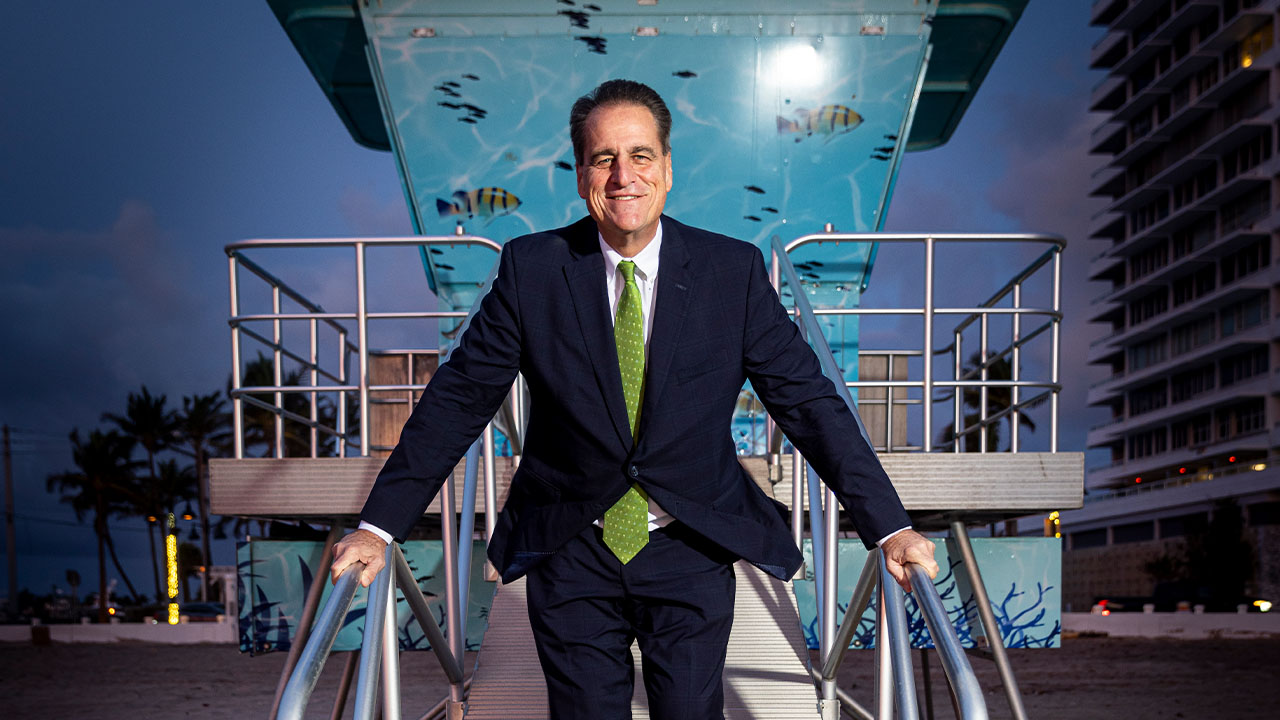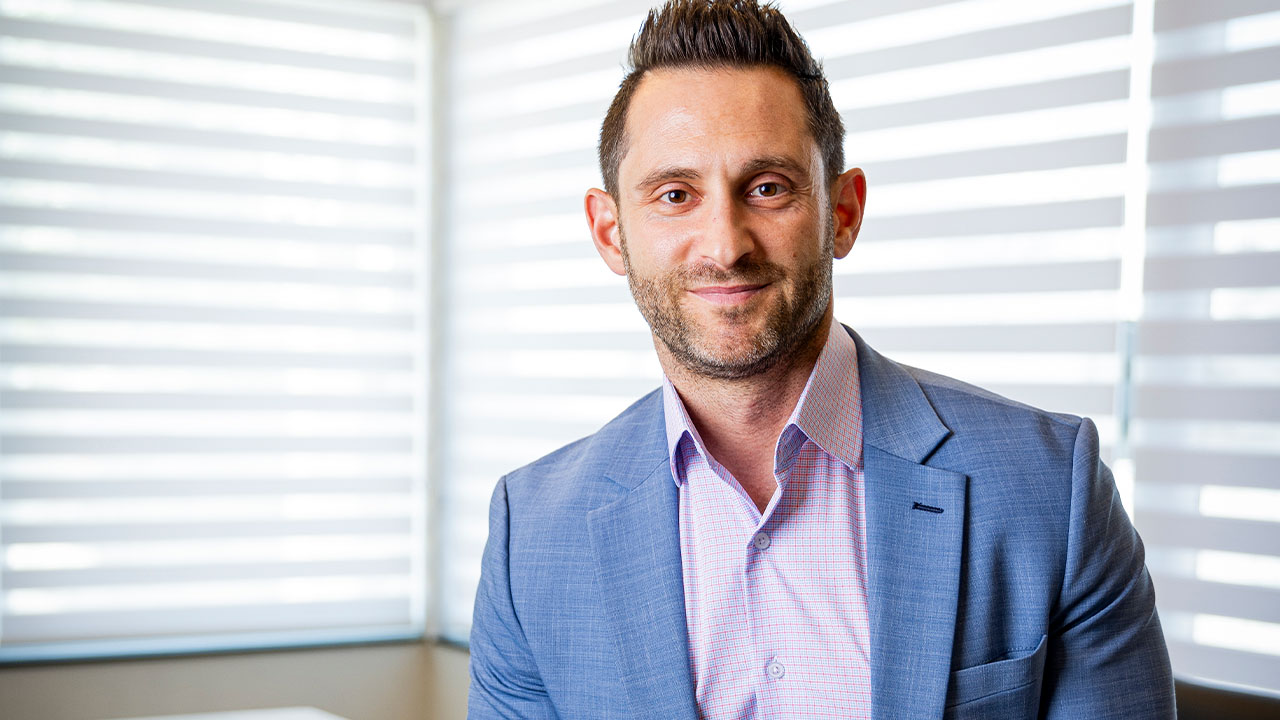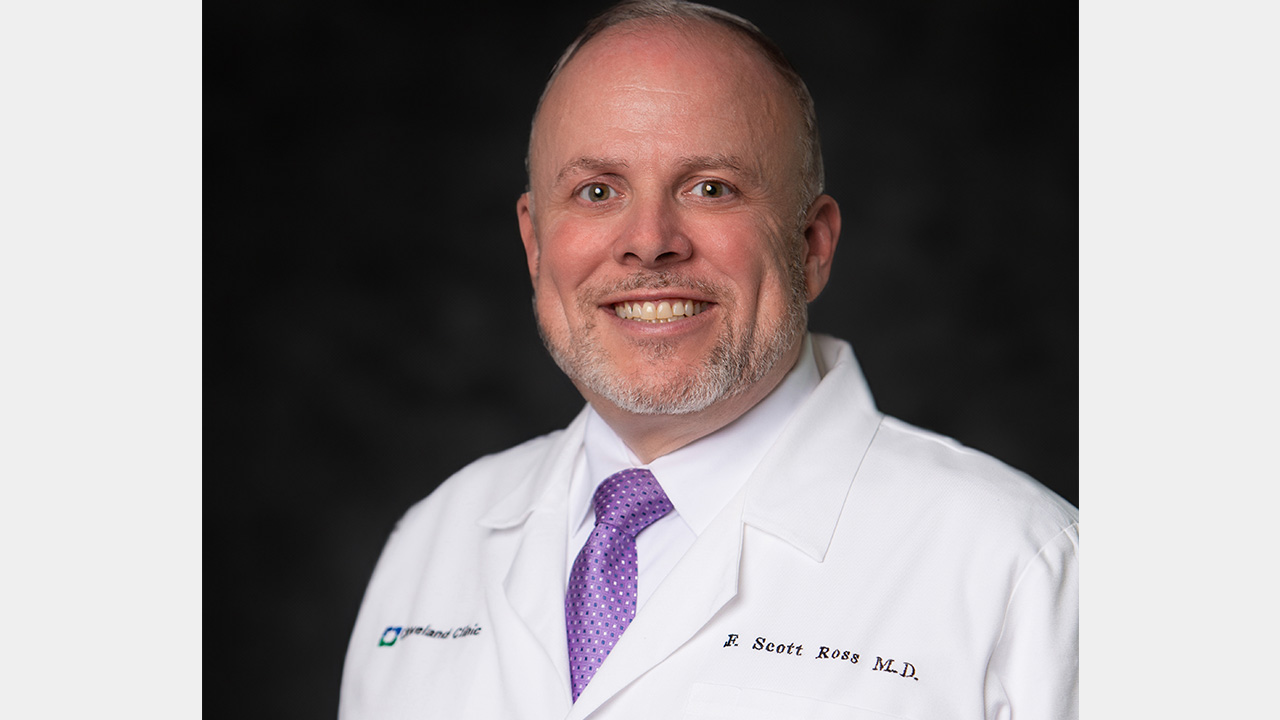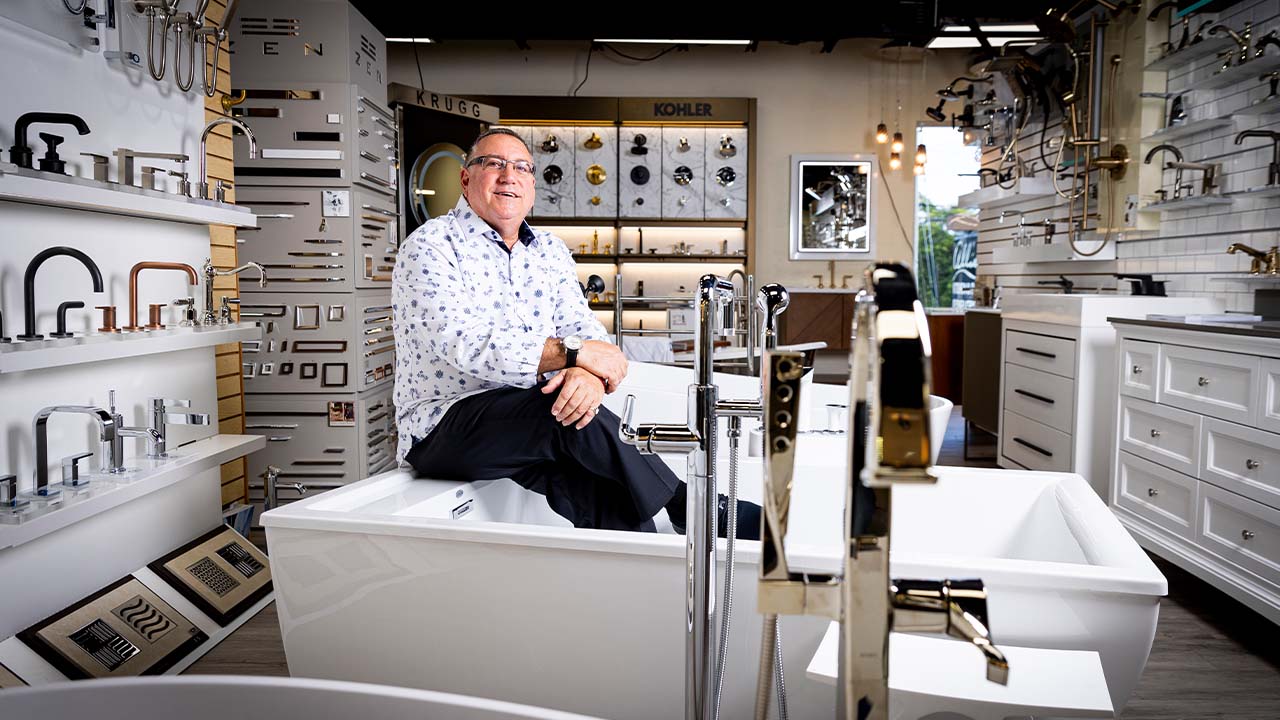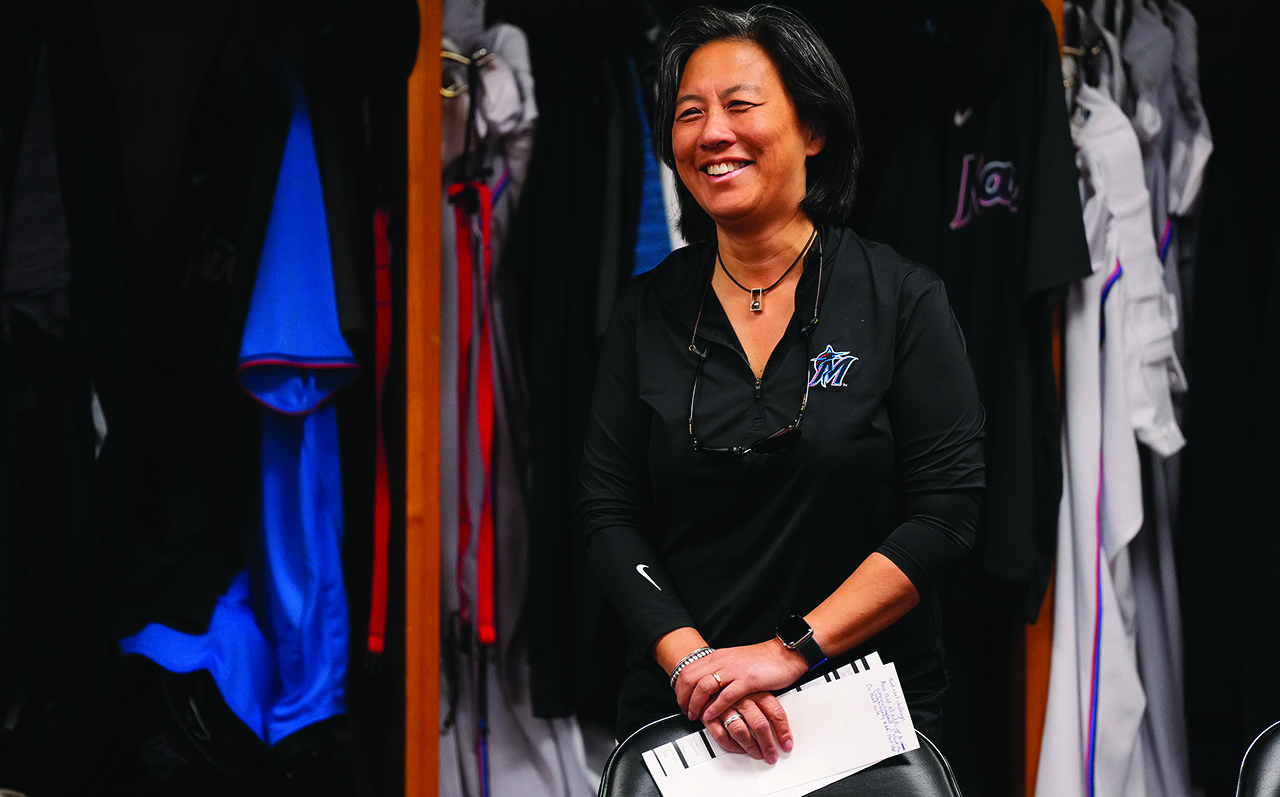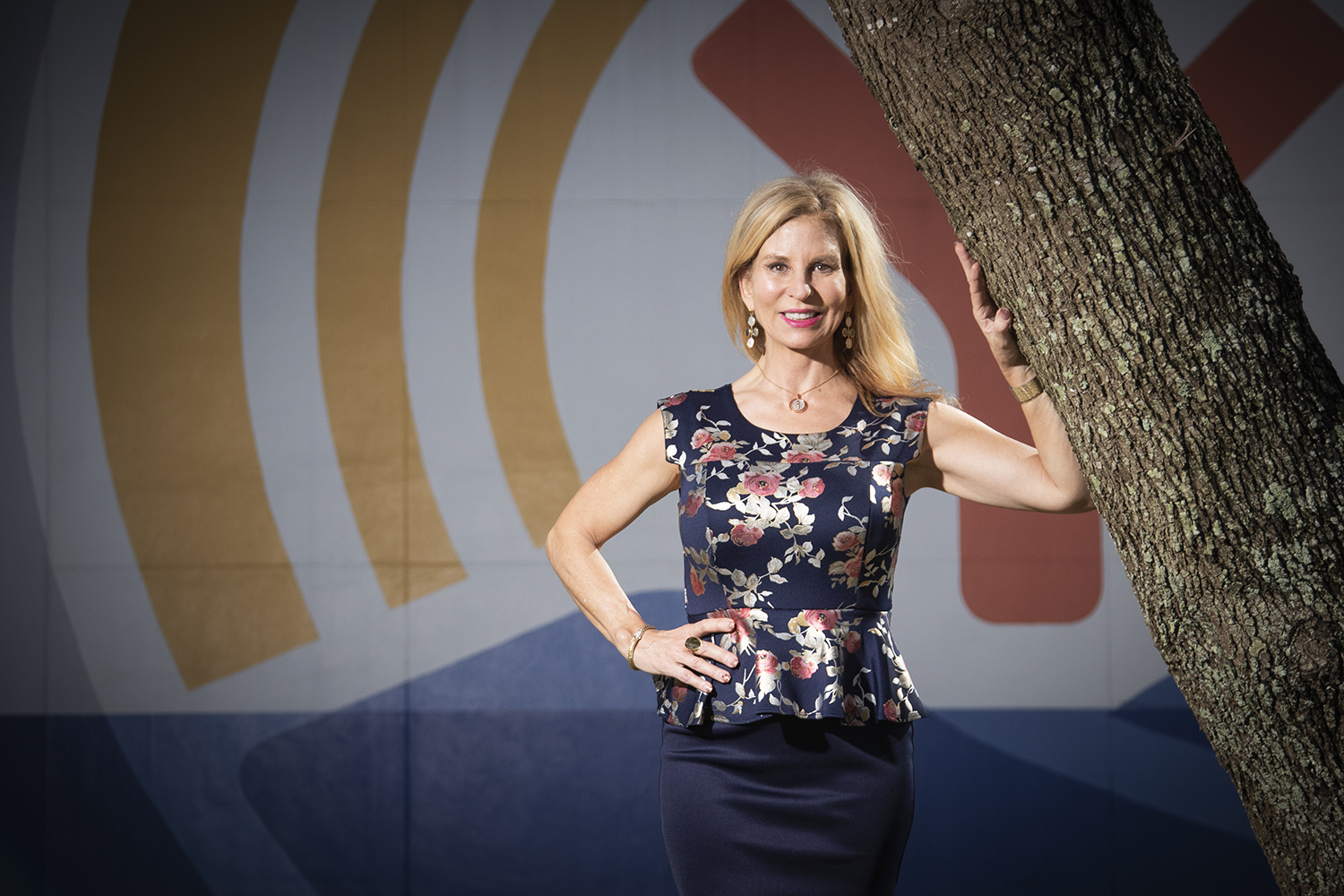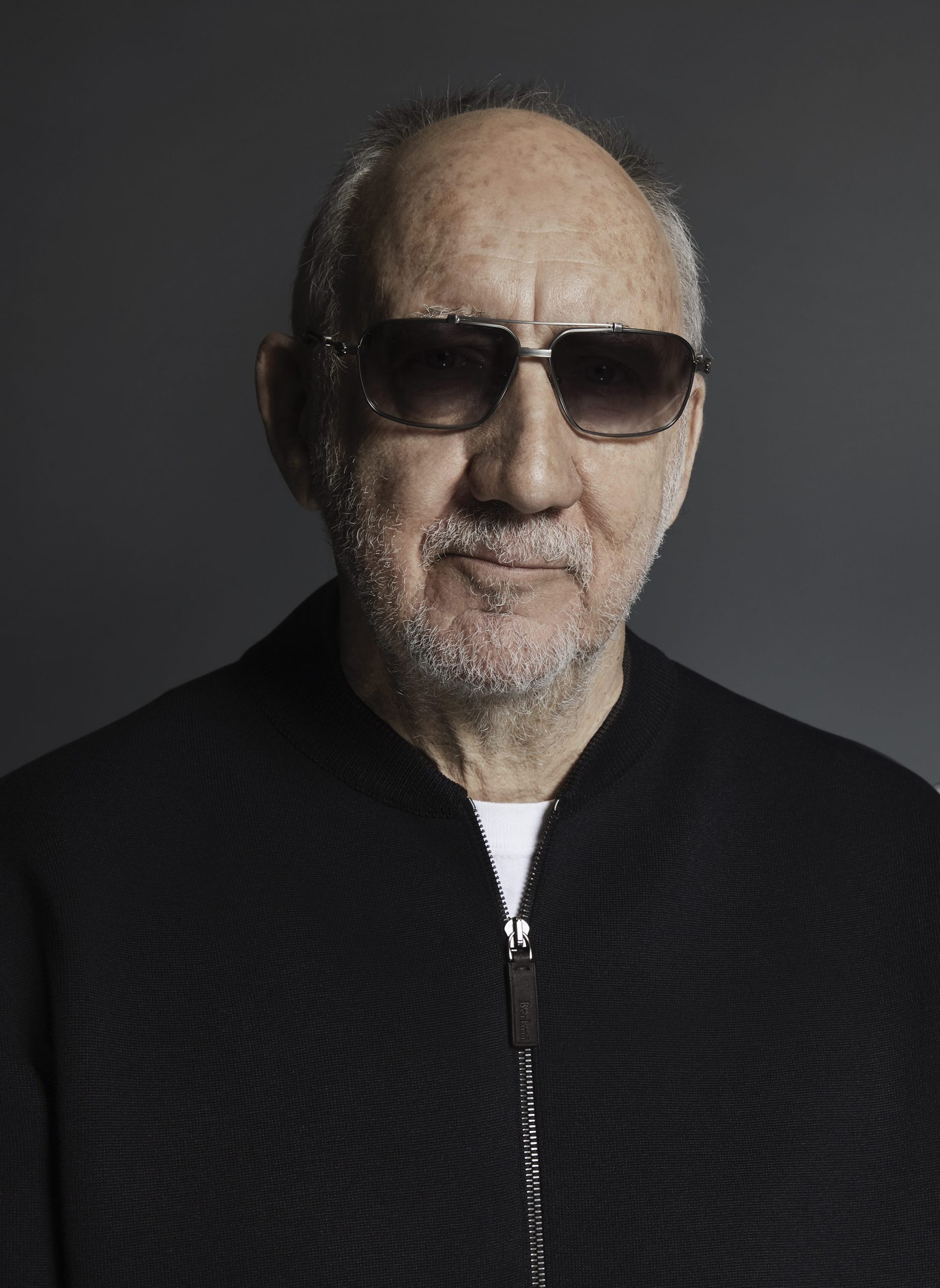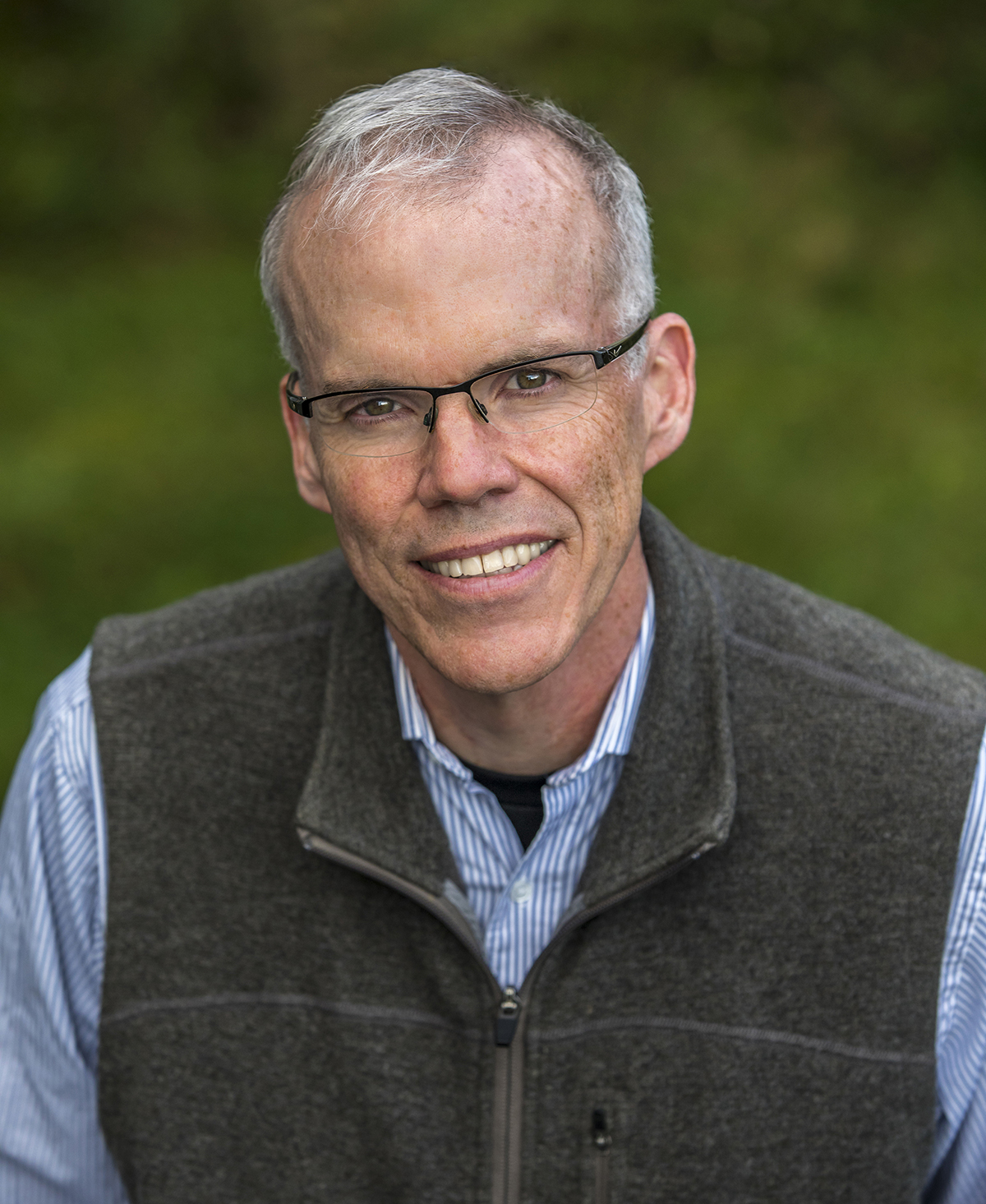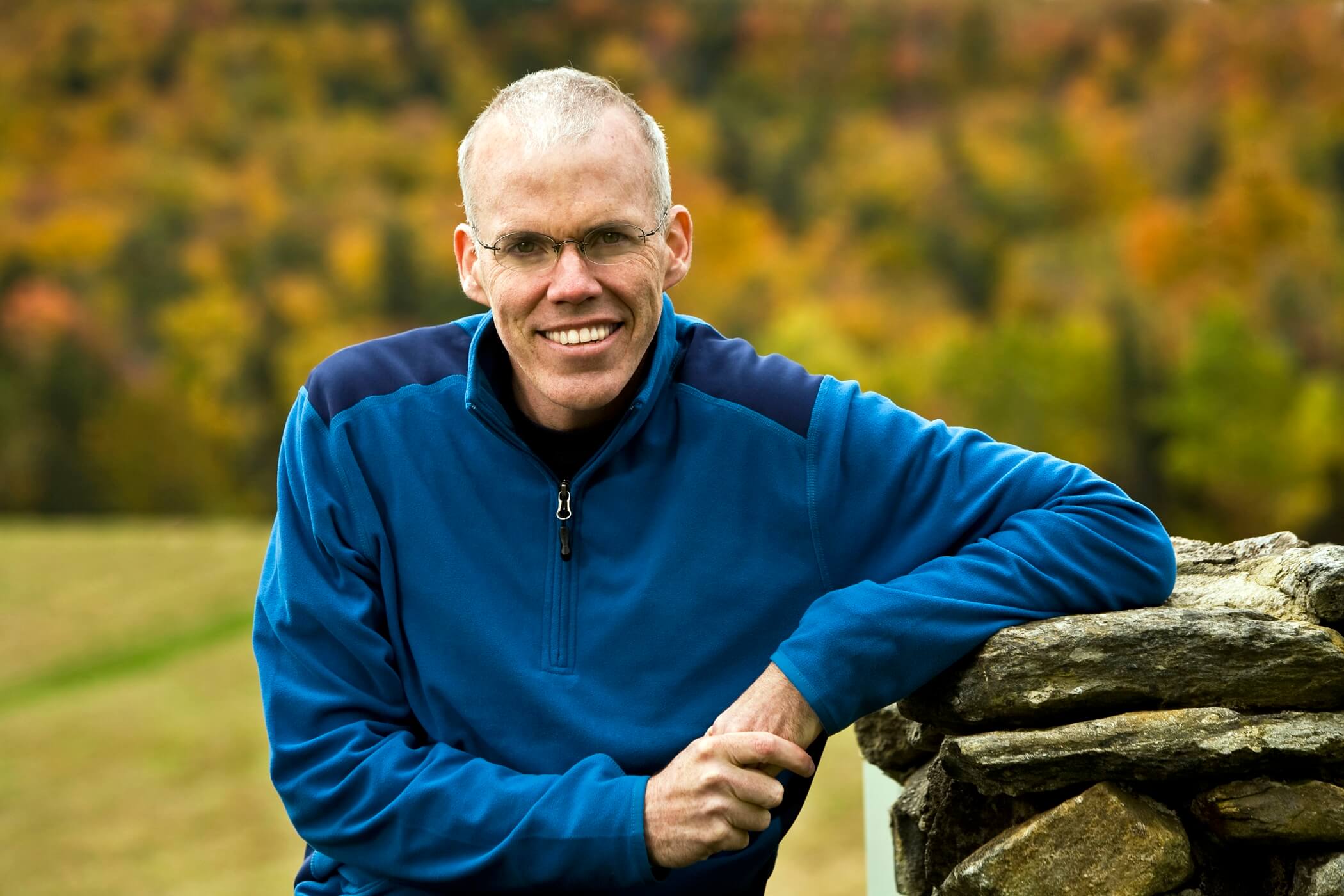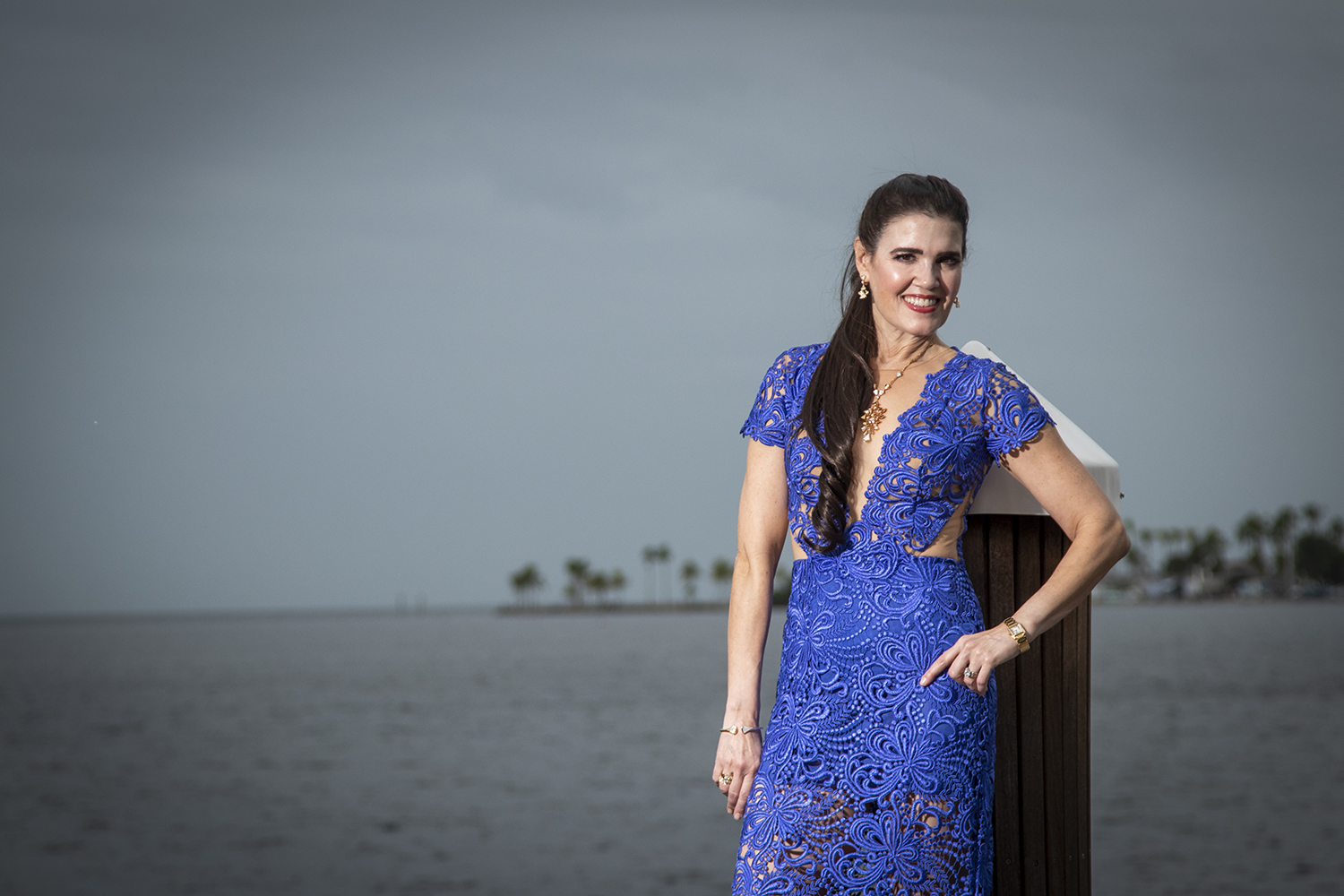On the one hand, the pandemic wasn’t exactly the optimal time for Jennifer O’Flannery Anderson to be interviewing for an executive position at the nexus of philanthropic efforts in Broward County. For starters, Zoom doesn’t do justice to her expressive nature or the empowering leadership qualities that she’s brought to senior roles throughout her distinguished career.
“But in another way, I felt that everything was in flux,” says O’Flannery Anderson, the first female president/CEO of the United Way of Broward, where she worked from 2008 to 2011. “So, we might as well put one more thing in the mix.”
Clearly, the Community Foundation of Broward could see beyond the constraints of an online interview. In June, the organization so pivotal to the county’s charitable efforts announced that O’Flannery Anderson—who had spent the prior seven years steering fundraising and donor stewardship at Nova Southeastern University (including a $267 million capital campaign for philanthropic giving, the largest ever in Broward)—as its new president and CEO (she officially started in August). Her predecessor, Linda B. Carter, retired after a dynamic 23-year run that grew the Community Foundation’s managed charitable assets from $20 million to more than $200 million.
The grants allocated from those assets help to address critical issues throughout the county, challenges amplified in unprecedented ways during the pandemic. But the Community Foundation—which manages 479 personalized charitable funds created by philanthropic individuals, families, businesses and organizations—has answered the call, granting $5.4 million in combined emergency pandemic funds from March to August (the majority of foundation grants go to local nonprofit organizations) to address long-term and immediate challenges. The latter efforts included a grant to Harvest Drive to deliver food to 800 families in need, and new 3D printers and supplies for Florida Atlantic University so it could produce 5,000 face shields for front-line workers.
During a recent conversation with Lifestyle, O’Flannery Anderson explained more about how the Community Foundation works—and how COVID-19 has changed the way it will operate moving forward.
Even though there are job parallels, was there something about a return to the purely philanthropic world after nearly a decade of working at universities that piqued your interest regarding the foundation position?
It really resonated with me that it was a position that was at the pinnacle of philanthropy in Broward County—and at a seminal point in our community’s and in our nation’s history. I’ve always believed that philanthropy is the difference-maker; it allows an organization to be excellent, it allows a community to be excellent.
You have to have government funding, and you have to have local taxing and initiatives. But it’s really philanthropy that’s the heart and soul of a community. That’s something I have seen in my entire career working at public and private universities, and significant not-for-profit organizations, and serving on boards of organizations. Individual giving is the game-changer.
So, this position really spoke to me, and it encompassed all of my experience. Working at United Way, and understanding this community and the nonprofits here. Working at Florida Atlantic University [where she was vice president of community engagement from 2011 to 2013] and understanding complex fundraising and management of a significant endowment. And then working at Nova Southeastern, where we were in a coordinated, organized campaign that raised more than $250 million. So, this position at this time brought all of my experience together and gave me kind of a once-in-a-lifetime chance to have an impact and to make a great organization, hopefully, just a little bit better.
As you’ve settled into the role, is there an aspect of your past experience that you’re finding most beneficial in overseeing such a multifaceted organization as the Community Foundation?
Because I’ve worked for large organizations, the complexity isn’t overwhelming. I also think my knowledge of the community has been important; I’ve lived here for 21 years. I know the leadership, I know the nonprofit organizations. And I love this place; it’s my home. I feel like that is serving me well. I’ve been able to hit the ground running, have some sensitivity about the people and the needs, and know who to go to for help and collaboration.
For anyone who doesn’t understand how the Community Foundation works, can you explain the core approach?
The most important thing we do is that we effectively manage the endowment to issue grants that will most impact the community [Note: The combined value of the 479 personalized charitable funds overseen by the foundation is the “endowment.” Grants are issued on behalf of the generous donors who establish their funds with the CF.] The second thing is that we try to encourage individuals to make long-term lasting gifts to the foundation—like an estate gift. And they’ll do that through the Community Foundation. Finally, we try to be of service to companies, foundations, families and individual donors who want to make gifts during their lifetime—and who want those gifts to be multiplied by our greater efforts across the community.
In managing assets, we try to do that in line with 10 areas that we’ve identified as issues that matter for Broward County. As much as possible, we encourage people to direct their giving into those areas. [Note: The 10 areas speak to community challenges where resources and leadership are needed to make a difference; see the “By the Numbers” sidebar for examples. Some donors, of course, designate funds for specific causes or organizations that have personal meaning to them.]
There are so many organizations looking for any help they can receive right now. How did the foundation determine priority needs surrounding the pandemic?
With regards to COVID, we have several endowments that are focused on emergency relief. Traditionally, they had been used for hurricanes. So, we were able to use those and grant out [$5.4 million] for COVID relief—in a variety of categories, including health care, food, housing and financial assistance. We did that through many of the nonprofits that we already support through other initiatives. [Note: In non-pandemic times, the foundation’s rigorously vetted process that results in grants to nonprofits are tied to specific programs and outcomes. That requirement was waived during COVID, so nonprofits facing their own burdens could support a variety of services to the community, as well as maintain staff.]
What’s interesting about our endowment is that the majority of it is [unrestricted; people who don’t have a specific organization in mind donate these dollars to the foundation, understanding that it will direct funds where most needed in Broward]. That gives us the flexibility to say, OK, here’s this pot of money. We were planning to do X, but we need to shift it to Y.
[The COVID relief] was done under my predecessor, Linda Carter. That was all her. She and the board changed course [early in the pandemic]. And our great professional staff knows the nonprofit world … so, it all happened very quickly. That speaks to the strength of this organization, the work that it does in the community, and the amazing nonprofits that we have.
You’re in a unique position to see both the bigger picture and the details regarding the impact of the pandemic? What has jumped out at you regarding the individuals or groups who’ve been most challenged by the pandemic?
It’s funny, my husband and I were riding our bikes [recently]. And this is what we talked about. Our hearts really have been aching for people in the service industry and small businesses. The backbone of our American economy is small business. And so many of them don’t have the money in reserve; you may have six months of operating dollars, but now we’re looking at 10 months, a year, maybe longer. I don’t know how many small businesses have the long-term capital to survive. So, for me, one of the most devastating pieces to watch—and to want to help, as far as recovery—is small businesses, the service industry, and all the employees affected.
When you layer in the racial unrest that has emerged this summer, we also have to look at the disproportionate impact COVID has had on our communities of color … because of the [types of] jobs they have, the environments they live in, and [other] complicating factors. They’ve suffered more loss [due to the pandemic].
Another element would be the mental health aspect. How many people are struggling because of job loss? Because of stress? Because of family health issues? Because of isolation? Again, this isn’t something that we’re rebounding from. It’s still going on, and there are going to be long-term implications.
How do you see the pandemic changing how community foundations around the country approach their work and their consulting?
So, I can tell you how it’s affecting us for sure. One of the things we’re doing this spring is a training series for the nonprofits on how to be resilient and rebuild after different challenges. For our area, we are very focused on hurricane preparedness, response and recovery. But this has been a completely different animal. How do we help give our nonprofit partners the tools to be more nimble, more creative and more responsive for different challenges? Hopefully, that will make them better.
For us, it’s about the flexibility of funds. The more unrestricted dollars we have to spend, the more we’re able to be responsive to needs, long-term and short-term. This crisis gives us the ability to better explain to donors how important unrestricted gifts are, because now we have some great examples.
For Community Foundations in general, I think we need to be looking forward at the issue of social justice and racial equity. How can we, as an organization and as a community leader, be part of the change that needs to happen? How can we leverage philanthropic giving to be positive and impactful toward racial equity and social justice? That’s a long-term lesson for us and change that you’ll be seeing. We’re definitely having those conversations, and I’m seeing similar ones happening around the state and across the nation.
We’re on the county commission’s task force on racial equity; we were very honored to be considered, and we take that responsibility seriously. So, we’re working with the chamber, and the Greater Fort Lauderdale Alliance, and Children’s Services Council, and the county to hopefully be a meaningful part of that team.
I keep reinforcing this to my team. Our message, our focus, is hope. Philanthropy offers an opportunity to give hope for generations to come. And we’re entrusted with the legacy of hundreds of donors who believe in us and believe in this community. We take that responsibility incredibly seriously. And it’s a privilege to carry that.
 Every Picture Tells a Story
Every Picture Tells a Story
Thanks in part to a $1 million grant from the Mary N. Porter Legacy Fund overseen by the Community Foundation of Broward, Habitat for Humanity has been able to embark on its largest-ever project in the county. The Rick Case Habitat Community in Pompano Beach promises 77 affordable homes, several of them already built, for low-income residents. The money from the Porter Legacy Fund is being put toward water and sewer lines, electrical lines, roads/infrastructure—as well as covering the cost of the foundations for 50 homes. The sculpture next to Jennifer O’Flannery Anderson in the featured image (taken at the Habitat Community) is based on a photograph of Ms. Porter as a child.
Photography by Taylor Smith/Downtown Photo
By the Numbers
The Community Foundation of Broward has been at the nexus of philanthropic efforts in the county for nearly four decades. The numbers below (most of them pulled from the foundation’s 2020 annual report) reflect why the organization has meant so much to so many.
1984: The Broward foundation was launched during this year.
479: The number of charitable funds created by philanthropic individuals, companies, organizations, etc. that are managed by the foundation.
$209 million: Total assets managed by the foundation.
$131 million: Total dollars granted since the launch of the Community Foundation.
$12 million: Total dollars granted from charitable funds in 2019-20 (Note: based on fiscal year data, as of June 30)
$335 million: Amount of planned/estate gifts promised to the foundation by its Legacy Society Members.
10: The foundation has identified 10 “issues that matter” to Broward and will continue to direct grant funding into these community challenges. Among them: Essential services for our elderly population; sustaining the arts; protecting the local environment; fostering equality and inclusion for Broward’s LGBTQ+ community; animal welfare; and promotion of economic independence for low-income residents.
$1 million: This spring, the foundation will issue a grant in this amount to a company, organization or partnership in an effort to employ people who’ve lost their jobs due to the pandemic. Participants will showcase their innovative concepts in a Shark Tank-like presentation.
$500 million: The foundation’s ongoing BE BOLD Leadership Campaign seeks to raise this much money in endowed support for critical issues facing Broward County. It’s already raised more than $164 million.



